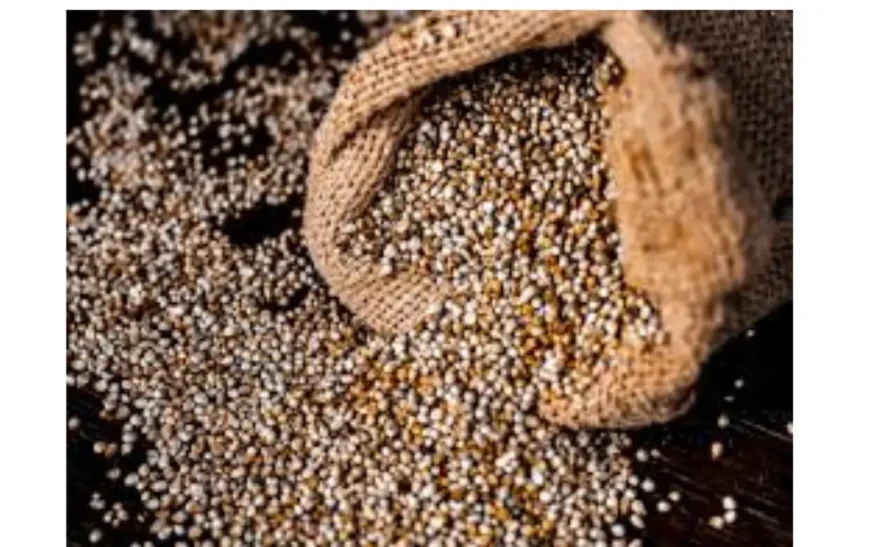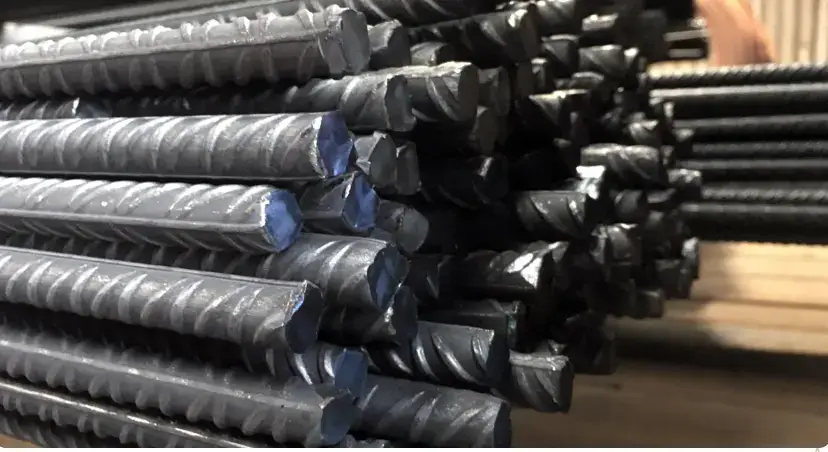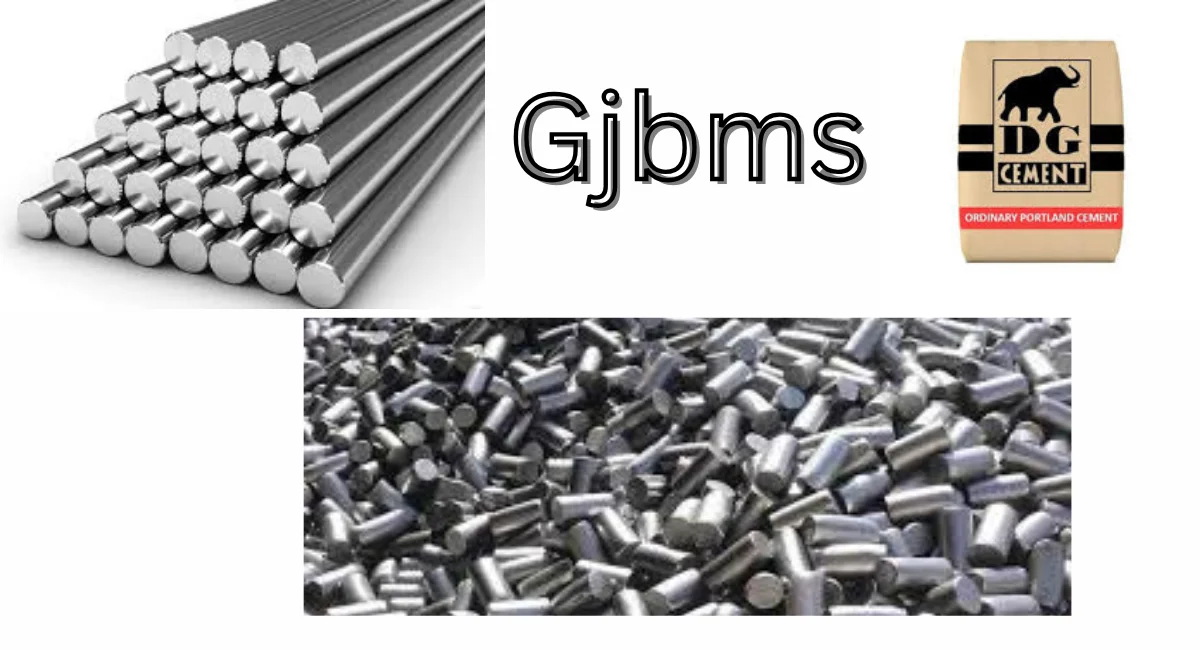Bajra, also known as pearl millet, is one of the most important staple grains in Pakistan, widely cultivated for its nutritional value and versatility. Farmers, traders, and consumers alike are always eager to stay updated on the latest prices of bajra due to its significance in the agricultural and food sectors. This article provides an in-depth analysis of the bajra rate today per 40 kg in Pakistan and the factors influencing its market price.
Current Bajra Rates in Pakistan
As of today, the market rates for bajra vary across different cities and regions in Pakistan. Below is an updated list of prices per 40 kg:
| City/Region | Price per 40 KG (PKR) |
|---|---|
| Lahore | 2,500 – 2,700 |
| Multan | 2,400 – 2,600 |
| Rawalpindi | 2,450 – 2,700 |
| Bhakkar | 2,350 – 2,500 |
| Faisalabad | 2,500 – 2,650 |
| Jhelum | 2,300 – 2,500 |
In addition, the prices for a 100 KG bag of bajra are as follows:
| City/Region | Price per 100 KG (PKR) |
|---|---|
| Rawalpindi | 8,000 – 9,200 |
| Faisalabad | 9,000 – 9,500 |
| Bhakkar | 8,500 – 9,000 |
Note: Prices are subject to fluctuations based on market demand, supply, and other economic factors.
Factors Affecting Bajra Prices in 2025
Several factors influence the price of bajra in Pakistan:
- Seasonal Supply: Bajra prices tend to drop during harvest seasons due to increased supply in local markets.
- Weather Conditions: adverse weather, such as droughts or floods, can reduce crop yield, driving prices higher.
- Demand in Local and Export Markets: High demand in domestic and international markets often leads to price surges.
- Government Policies: Subsidies, minimum support prices, and import/export policies directly impact bajra rates.
- Transportation Costs: Prices may vary between regions depending on logistics and transportation expenses.
Bajra Rates in Specific Cities
Lahore
Lahore, being a major trading hub, experiences slightly higher bajra prices due to transportation costs and demand.
Multan
In Multan, bajra prices remain competitive due to its proximity to key agricultural regions.
Rawalpindi and Bhakkar
Both regions witness moderate prices, with Bhakkar being a prominent supplier of bajra.
Jhelum
Jhelum’s rates are influenced by its location and demand in nearby areas.
Market Trends for 2025
Experts predict that bajra prices in 2025 will remain stable with minor fluctuations, provided weather conditions are favorable. Increasing global demand for millet as a health food may also impact prices in Pakistan.
Tips for Buyers and Sellers
For Farmers:
- Monitor weather forecasts and market trends to determine the best time to sell your crop.
- Leverage government support programs and subsidies.
For Buyers:
- Compare prices in different mandis before purchasing in bulk.
- Buy directly from farmers to reduce costs.
Conclusion
Staying informed about the bajra rate today per 40 kg in Pakistan is crucial for farmers, traders, and consumers alike. By understanding the factors influencing prices and monitoring market trends, stakeholders can make more informed decisions. Whether you are buying bajra for personal use or trading in bulk, always stay updated with the latest rates and market conditions.










